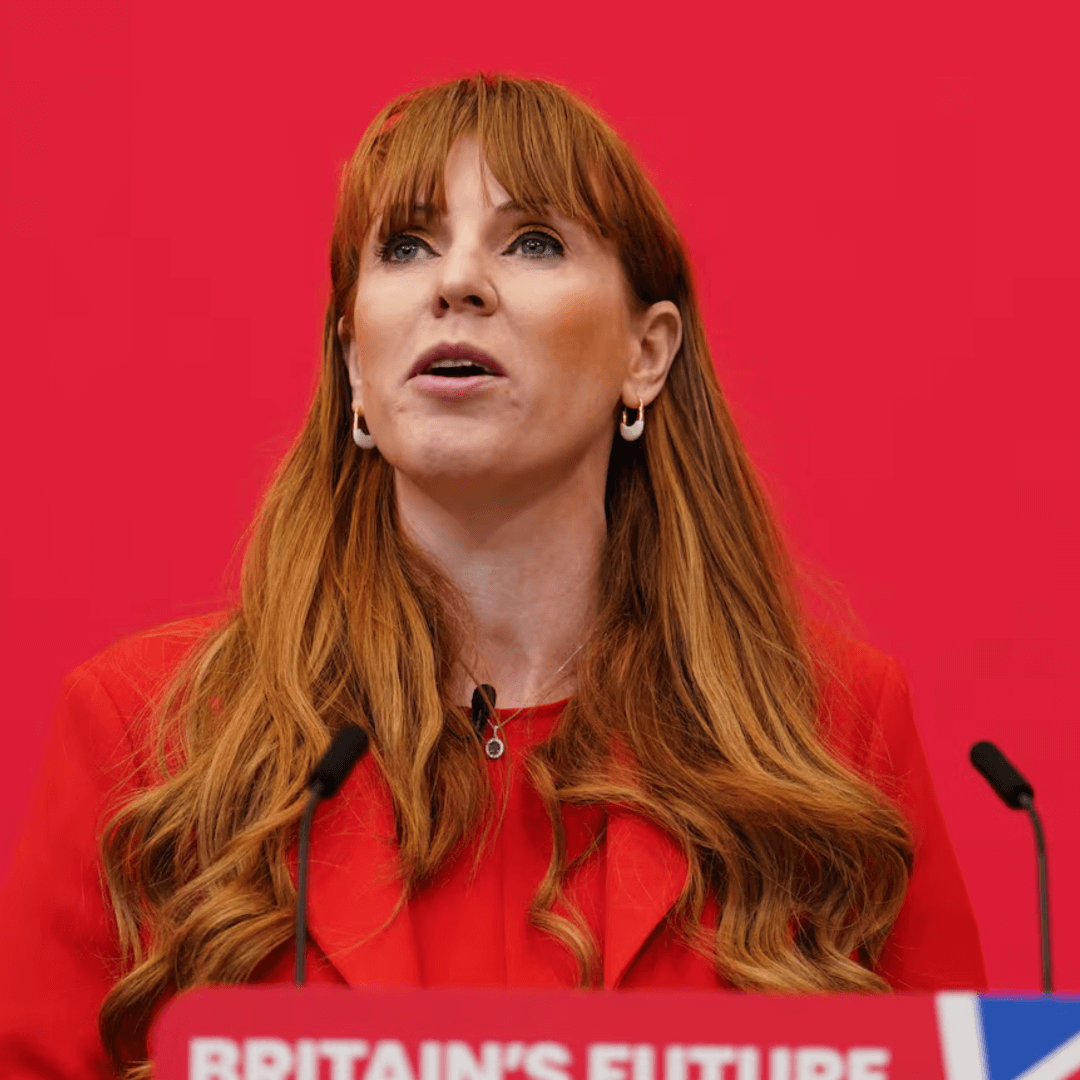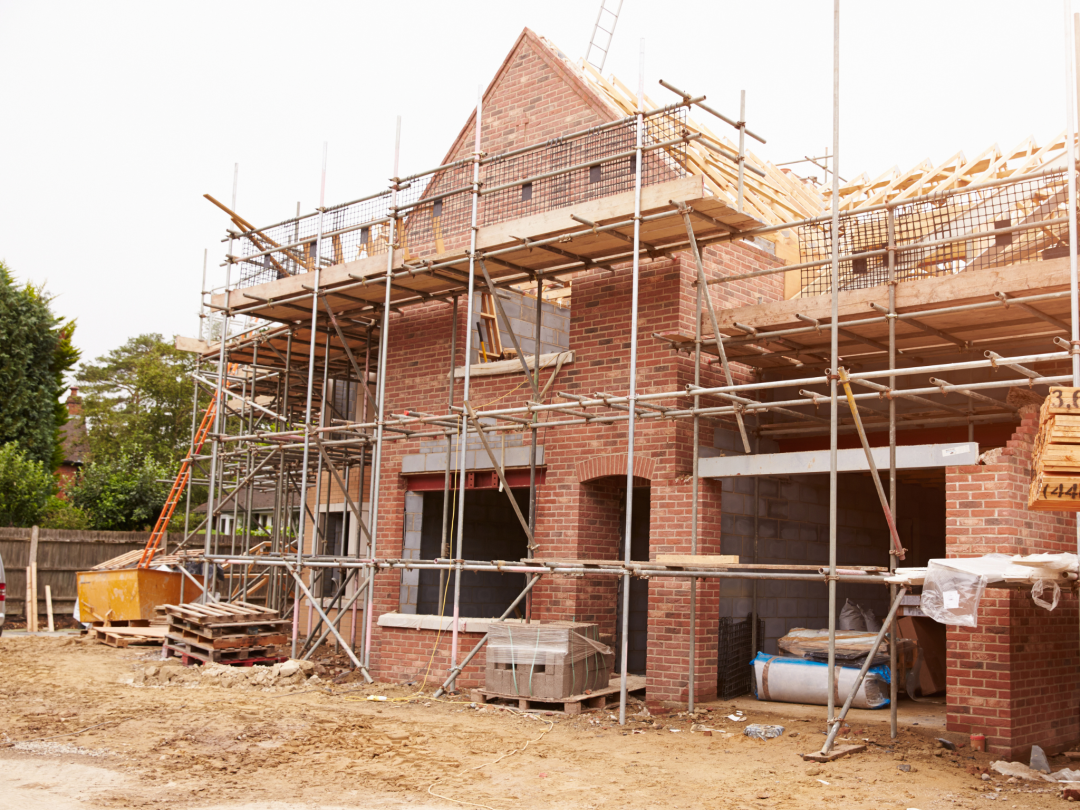Communicating the Housing Crisis
By Rob Chilton, Account Executive
The need for house building across the UK is as urgent as ever it was. A recent report released by the Church of England laid bare the scale of the housing crisis: around half a million households are now homeless or living in unsatisfactory conditions, and the number of people housed in temporary accommodation by local authorities has rocketed by 82% in the past decade.
In July 2020, the HCLG Select Committee concluded that England alone would need at least 90,000 new social rent homes each year for the next fifteen years, in order to meet demand and reduce housing need to manageable levels.
The plight of individuals forced to sleep in stairwells above shops, or families of four or five forced to live in one-bedroom properties riddled with damp and mould, makes for difficult reading. As a Councillor in a city-region with pockets of significant historic deprivation, I often needed to intercede on behalf of families in overcrowded housing, acutely conscious that, in an area of high demand, there was simply not enough local social housing to accommodate them.
My own grandparents proudly recalled that, on their marriage, they were quickly able to secure a suitable council house, simply by applying to the City Council, via a local Councillor. Now, a Councillor’s role is a frustrating exercise of managing residents’ expectations, struggling to explain why, in contrast to their own grandparents, or even their parents, their growing family’s housing needs can no longer be accommodated without a wait of several years.
The urgent need to bring forward as many housing developments as feasibly possible is therefore lost on very few Councillors throughout the land. However, delivery of new housing is not the simplistic affair it was when, in 1951, Winston Churchill was re-elected to power on a manifesto pledge of building 300,000 homes a year. Until fairly recently, councils and housebuilders could simply buy up large tracts of land, plough ahead with nothing we would recognise as consultation, and local people would have to put up with it. There has always been strict planning control in Britain, but input from the general public was not as instrumental in decision-making as it now is.
Housing developments are, of course, frequently unpopular. Where once there was an open space outside one’s bedroom window, either an undeveloped brownfield site or a rural field, suddenly there is an apartment block or a housing estate. It is not unusual for developments of any size to provoke uproar, with public opposition frequently intensified and coordinated via social media. Protecting the green belt and urban parkland has become not just a matter of recreational benefit, but environmental necessity. Political officeholders and candidates often feel the need to take the side of local people against particular developments, even relatively modest ones, to stand a chance of getting re-elected. So the huge land-grabs that built the ‘new towns’ of the twentieth century are now almost impossible due to the scale of opposition they would engender.
So what is to be done? The housing crisis is not going away any time soon, and meanwhile there is a real risk of extreme poverty developing as a result of overcrowded social housing and completely unaffordable private alternatives. The key is a pragmatic approach – it is unreasonable and unsustainable for either the public or politicians to assume that the boundaries of built development are eternal, and no further urban expansion is required. But developers and politicians also have to work within a framework of how much development the majority of the public will consider reasonable, and how much environmental damage can be mitigated in an infill development or urban expansion.
But there are still masses of parcels of unused or under-utilised brownfield land waiting to be put to better use, as the Church’s report highlights. There is also no guarantee that, just because a piece of land has been included in greenbelt, it is of immense environmental value and cannot be developed under any circumstances. Quite often, sites of little ecological merit have been included in the green belt simply to avoid drawing odd boundaries around them. A degree of boldness is still required when selecting sites, but this has to be tempered with an awareness of the sensitivities of a particular area, whether it is blending into the street scene or a rural area, and an awareness that the development of some sites will inevitably be very difficult to avoid a row over.
The reality of course is that combined authorities, developers, and housing providers need to work harder, faster, and earlier to convince the public and their representatives of the merit of any development if it is to gain final approval. This will increasingly mean convincing the public that the application will solve existing local issues (e.g. transport), debunking myths (which are spread all too easily on social media), and, to an extent, being clearer about the scale of the housing crisis facing the UK. Without urgent action to build new homes, and garner public support for them, the current problem will just get worse.
If Cratus can help with your planning communications, please get in touch with us.








